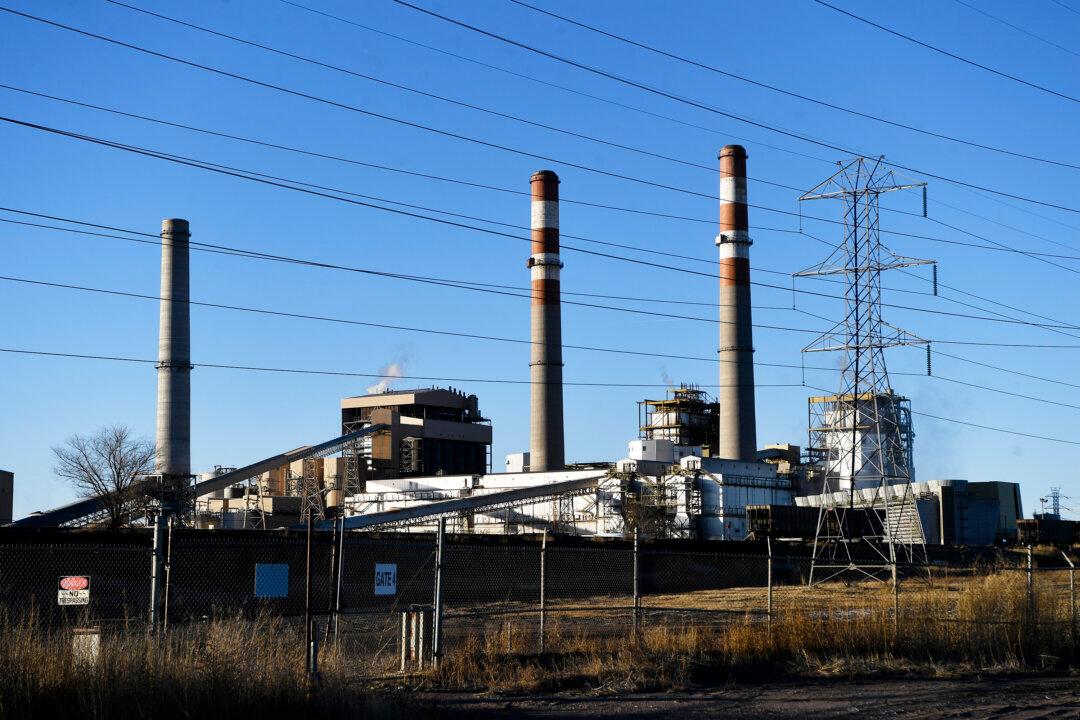The United States Department of Agriculture (USDA) estimates net farm income in 2023 decreased by 27.1 percent and that all agricultural sectors nationwide will generally see lower farmer incomes in 2024.
If that projection proves correct, another year of dropping revenues added to 2023’s estimated $80 billion loss “will be the largest two-year decline in net farm income of all time” for American farmers, said Sen. John Boozman (R-Ark.).
Yet, according to the same USDA, net income for U.S. farmers between 2021-23 marked the highest farm income levels in the last 50 years, with 2022 attaining a record high and net cash farm income in 2023 an estimated 16 percent above average for the last two decades.
Both are true, U.S. Agriculture Secretary Thomas J. Vilsack told the Senate Agriculture, Nutrition & Forestry Committee on Feb. 28.
“We just finished the best three years of net farm cash income in the history of the United States on the one hand,” he said. “On the other hand, as Sen. Boozman has just indicated, we are now returning to near-historical norms this year in terms of farm income.”
The 20-year “norms” in income that American farmers are experiencing, he said, are “a combination of input costs as well as lower commodity prices, which are a result of bumper crops globally, a strong U.S. economy, a strong U.S. dollar, weaker global economy, and, certainly, a weaker Chinese economy,” all of which “impact and affect” farmer income.
The biggest culprit is “farm income is not equitably divided among all farmers,” said Mr. Vilsack, noting the top 7 percent, roughly 150,000 large, mostly corporate-owned and often publicly invested operations, earned 85 percent of U.S. farm income over the last five years, “which meant that 93 percent, or 1.7 million farm families, had to share 15 percent of the income” that was earned.
This is spurring an acceleration in consolidation as it becomes increasingly necessary to “get big or get out,” he said.
Since 1981, “we have lost 437,000 farms and 155 million acres of farmland. That’s equivalent to the landmass of Florida, Georgia, Maryland, North Carolina, and South Carolina and a good part of Virginia combined,” Mr. Vilsack said.
“I share the concerns of my colleagues that, after recent years of record farm income, new trends show that farming continues to be one of the riskiest businesses there is,” Chair Sen. Debbie Stabenow (D-Mich.) said. “This makes it abundantly clear [that] it’s time to get together on a bipartisan Farm Bill that supports our farmers, big and small, and helps rural communities thrive.”
Of course, that’s proven easier said than done.

Farm Bill Five Months Late
The proposed Farm Bill, filed as S. 2131 in the Senate, is the Fiscal Year 2024 (FY24) Agriculture, Rural Development, Food and Drug Administration, and Related Agencies Appropriations Act, otherwise known as the Farm Bill.The Farm Bill is a massive slate of legislation adopted every five years to fund farm commodity, nutrition, and conservation programs. The House version is HR 4368.
The FY24 Farm Bill outlines nearly $1.463 trillion in spending over the next 10 years, with the vast majority of mandatory funding regulated by statute. It authorizes $22.5 billion in annual discretionary spending, $3 billion less than the 2018 Farm Bill.
The Farm Bill is rarely a partisan battleground, although the sweeping five-year plan is intensely debated across the agricultural industry and in “farm states.”
“A Farm Bill is always the art of the possible,” Ms. Stabenow said. “It’s where we can reach bipartisan solutions that help keep farmers farming, families fed, and rural communities strong. It’s where we can also invest in rural hospitals and childcare, which we’ve had hearings on, I know people care about.”
The 2018 Farm Bill expired on Sept. 30, 2023. Congress extended the bill one year to Sept. 30, 2024.
Sen. Joni Ernst (R-Iowa) said regardless of where she goes when in Iowa, “One of the questions that continues to stand out is, ‘When Congress will come together and pass a Farm Bill?’”
Farmers and consumers “deserve to have a comprehensive five-year piece of legislation that provides them with certainty,” she said.
“For us to be resorting to a kick-the-can-down-the-road mentality isn’t an option for our farmers and our ranchers, and it should not be an option for Congress either, so I truly hope we can come to the table and negotiate a bill—a Farm Bill that actually focuses on the farm.”

It’s Up to Congress
Mr. Boozman said farmers and ranchers nationwide are “very concerned” about “persistently high and historic inflation, both on and off the farm, stubbornly high interest rates, burdensome regulations, record large trade deficits in agriculture, and most importantly of all, rapidly … declining commodity prices and farm incomes that will make these next five years some of the most challenging in their lives.”He is proposing an “Index Farm Bill” that could stabilize commodity prices and inflationary costs that “I believe is the very least we can do for our farmers” and said the USDA’s 20-year averaging is baloney.
“Using 20-year average … as evidence of the farm economy is healthy” is deceptive, Mr. Boozman said, considering “current interest expenses are nearly double that average. Likewise, input costs are 10 percent above the 20-year average. So, while we hear talk of net farm income being above, or near, the 20-year average, it’s often not accompanied by those data points that reinforced the tight margins under which farmers operate.”
It’s a unique gauge that would not be acceptable in other professions, he said. “I don’t know why the 20-year average income is acceptable for farmers, but it isn’t for other workers.”
Ms. Stabenow noted the proposed Farm Bill includes provisions for the USDA’s Commodity Credit Corp. to address concerns by small and mid-size farms about securing loans.
Mr. Boozman said many farmers must “now must use their land and other assets as collateral to borrow hundreds of thousands of dollars to put a crop in the ground or care for livestock while knowing they will earn less money.
“Many,” he continued, “are wondering if it’s worth it. Typically, the rate of return on farm assets is less than 2 percent. You can get two and a half times that earning in any CD.”
When he’s touring Arkansas’ 75 counties, he sees a landscape of idle fields and empty farmhouses.
“When I grew up, we had more dairies in my home county than we currently have in the entire state of Arkansas. That loss of population impacts the local economy, our schools, our hospitals and makes life in rural America less desirable,” Mr. Boozman said.
“We need to use all the tools in our toolbox and even craft some new ones to help improve the safety net for farmers,” Ms. Stabenow said. “That, of course, starts with crop insurance as the foundation of the farm safety net because it has the ability to reach nearly all producers with timely targeted assistance.”
No problem, Mr. Vilsack said, include it in the Farm Bill, which is already five months late and needs to get adopted no later than summer 2024. While Congress is at it, he said, it could adopt a FY24 federal budget also.
Doing both would help USDA help farmers, he said. But first, the House and Senate need to figure out what they want to do to help both family farmers and the agriculture industry, which are not always the same.
“I think it raises a question that we asked at USDA, and I suspect you do, too,” Mr. Vilsack said. “Are we okay with farm loss? Are we okay with farmland being consolidated? Are we okay with income being so concentrated? Are we okay with the notion, as has been expressed in the past, about ‘getting bigger or getting out’ as being the only option for farm families?”







